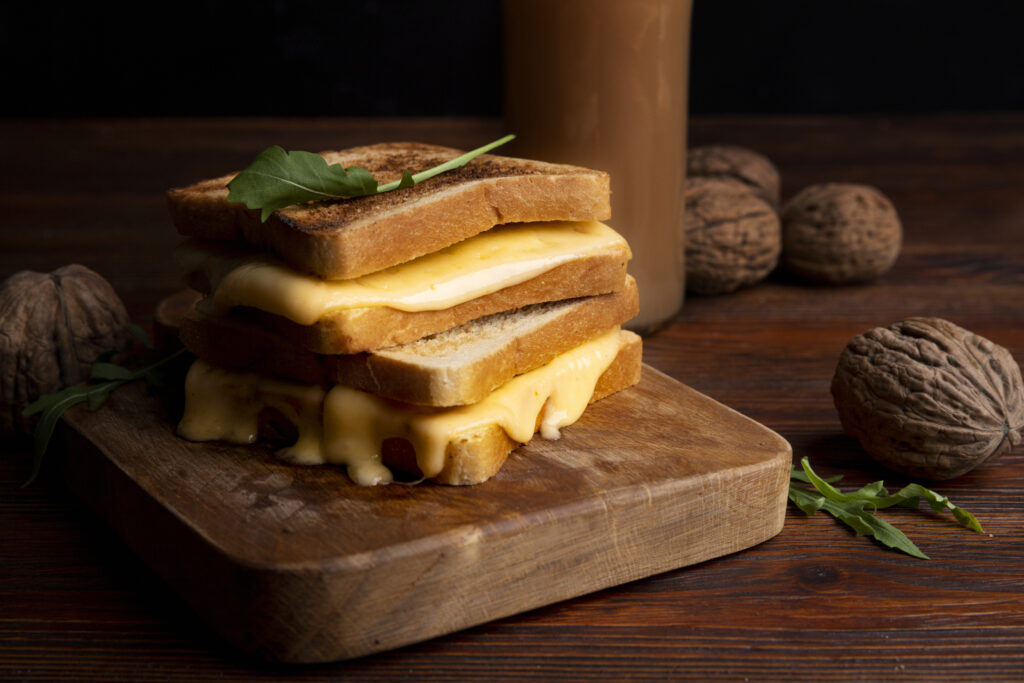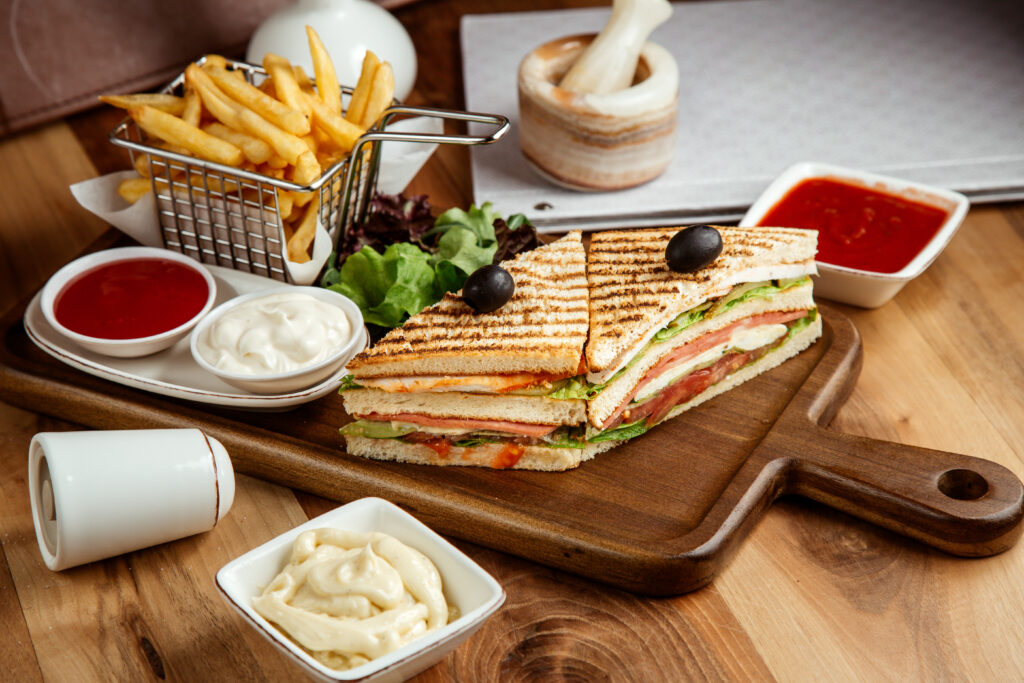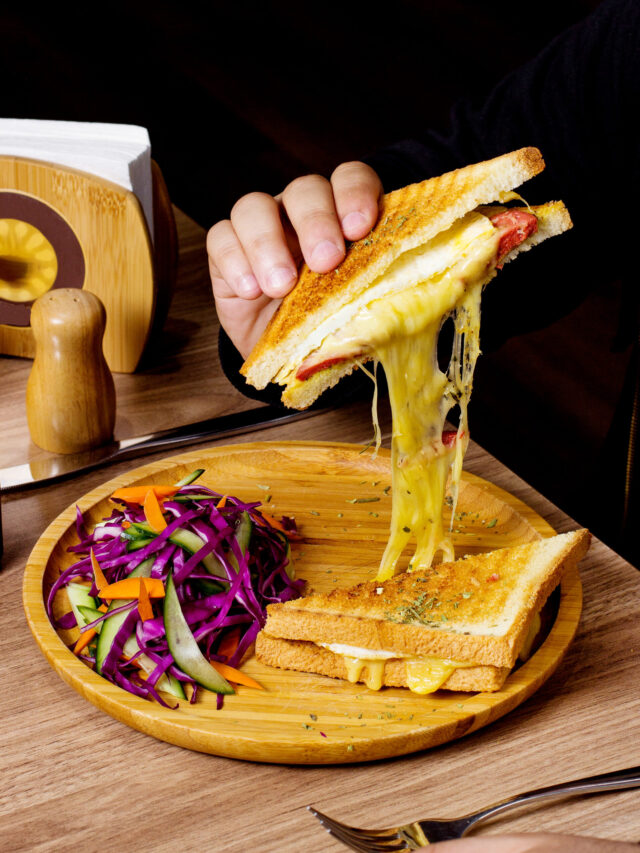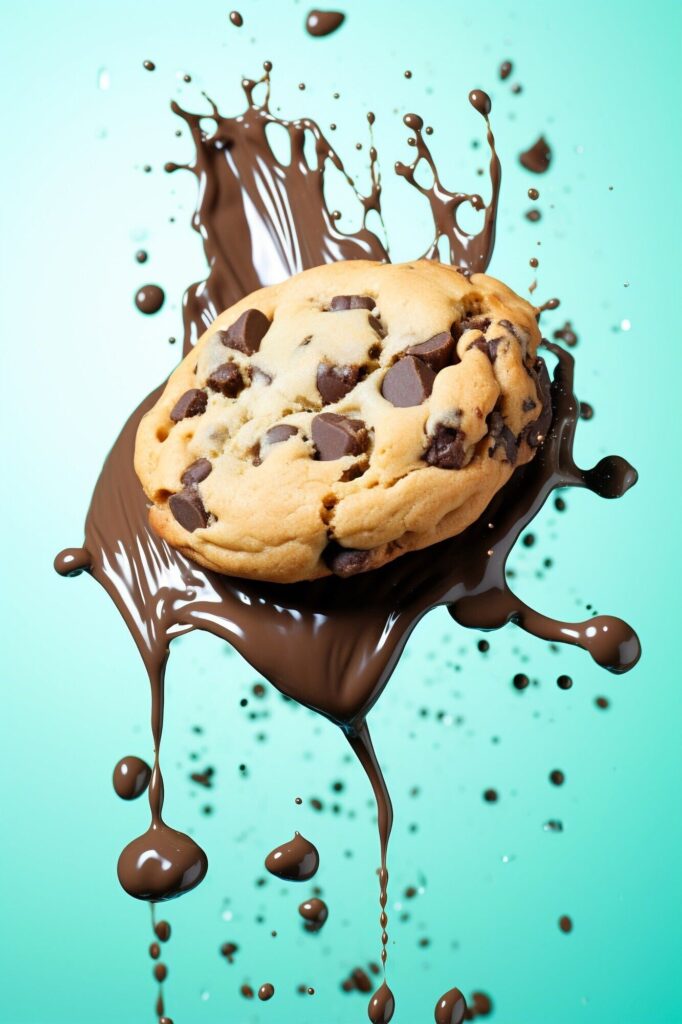
There’s something undeniably satisfying about biting into a grilled cheese sandwich that’s crispy on the outside and gooey on the inside. While many of us grew up enjoying this classic comfort food, not everyone has mastered the secret to achieving that irresistible golden-brown crunch. Grilled cheese may sound simple, but perfecting it is truly an art. From choosing the right bread and cheese to mastering the best cooking techniques, ordinary sandwich into a crisp, flavorful masterpiece. In this post, we’ll explore the essential tips and tricks you need to know to consistently make the ultimate grilled cheese, with that perfect crunch you want in every meal.
Choosing the Right Bread
The type of bread you choose plays an important role in the texture and flavor of your grilled cheese, especially when it comes to achieving that perfect crunch. Each type of bread offers a unique texture, thickness and flavor profile that can elevate your sandwich from basic to extraordinary.
Table of Contents
Sourdough
Crunch Factor: Khata is known for its thick, chewy crust and slightly dense interior. When grilled, it develops a hearty, crispy outer layer that adds extra crunch to every bite.
Taste: The complex citrus flavor complements the rich, melty cheese, creating a delicious and satisfying contrast.
Best for: Those looking for a more robust, artisan-style grilled cheese with a chewy bite and deep flavors.
White Bread
Taste: Light and neutral, white bread lets the cheese take center stage without overpowering it.
Crunch Factor: White bread is soft, light and toasts quickly, making it a popular choice for classic grilled cheese. Its thin, airy texture crisps easily, providing a light crunch that isn’t too heavy.
Best for: Traditionalists who enjoy a quick, no-fuss grilled cheese that’s crispy and soft on the inside.
Selecting the Best Cheese
When it comes to grilled cheese, choosing the right cheese is crucial to achieving that ideal gooey, melty texture. Different cheeses melt in different ways, affecting both the consistency and flavor of your sandwich.
Cheddar
Melting Properties: Cheddar is one of the most popular cheeses for grilled cheese because it melts easily and evenly. It strikes a great balance between creamy and stretchy, making it ideal for this classic gooey center.
Taste: Mild to strong, depending on how well it’s aged. Sharp cheddar brings a bold, complex flavor, while mild cheddar offers a creamier, more subtle flavor.
Mozzarella
Melting Properties: Mozzarella has excellent melting properties, becoming wonderfully stretchy and gooey when heated. Its high moisture content allows it to melt into long, dark strands that give your sandwich a classic “cheese pull.”
Taste: Mild and slightly creamy, mozzarella’s subtle flavor makes it the perfect base for pairing with other stronger cheeses or ingredients.
Butter or Mayo: Which is Better for a Crispy Crust?
Using butter is a classic and essential technique for achieving the perfect grilled cheese. It plays an important role in both flavor and texture, enhancing the sandwich in several important ways:
Richness and Flavor
Butter’s Creamy Richness: Butter is full of fat, which gives it a luxurious, creamy taste. When spread on the outside of the bread before grilling, it gives the sandwich a rich, slightly sweet flavor that elevates even the plainest grilled cheese.
Perfect Browning
Maillard reaction: Butter fat is critical to achieving the golden brown, crispy exterior that makes grilled cheese irresistible. As the bread cooks in the butter, it undergoes the Maillard reaction – a chemical process in which the sugars and amino acids in the bread break down and caramelize. This reaction gives the bread a beautiful golden brown color and a rich, delicious flavor.
Even cooking: Spreading butter on bread ensures even distribution of heat, browning the entire surface evenly. Without butter, bread can cook unevenly or burn in spots before the cheese melts.
Moisture Lock
Keeps the bread moist: While butter helps to crisp the exterior, it also prevents the bread from drying out. The moisture in the butter gently soaks into the bread, ensuring that the grilled cheese remains soft on the inside while crisp on the outside.
Heat Control: Low and Slow Wins the Race
Achieving the perfect grilled cheese requires more than just the right bread and cheese—it’s also about controlling the temperature. Cooking your sandwich over medium heat is key to getting a golden, crispy exterior without burning the bread or melting the cheese.
Even Browning Without Burning
Slow, steady cooking: Medium-low heat allows bread to brown evenly and slowly. If the heat is too high, the bread may burn on the outside before the cheese melts on the inside. The low temperature ensures that the bread develops a beautiful golden brown crust while remaining soft and tender on the inside.
Perfect Cheese Melting
Low heat for maximum melting: Cheese melts slowly, and medium-low heat gives it the time it needs to fully soften and become mushy. If the heat is too high, the outside can crisp up too quickly, leaving the cheese melted or cold in the middle.
Better Control Over Texture
Crunchy exterior, gooey center: Medium-low heat allows more control over texture. You can achieve the perfect balance of a crunchy outer layer while maintaining a smooth, smooth cheesy filling. This is essential for that satisfying contrast in every bite.

Conclusion
Crunchy exterior, gooey center: Medium-low heat allows more control over texture. You can achieve the perfect balance of a crunchy outer layer while maintaining a smooth, smooth cheesy filling. This is essential for that satisfying contrast in every bite.




